Understanding Brisket Stall Temp: What Is The BBQ Stall?
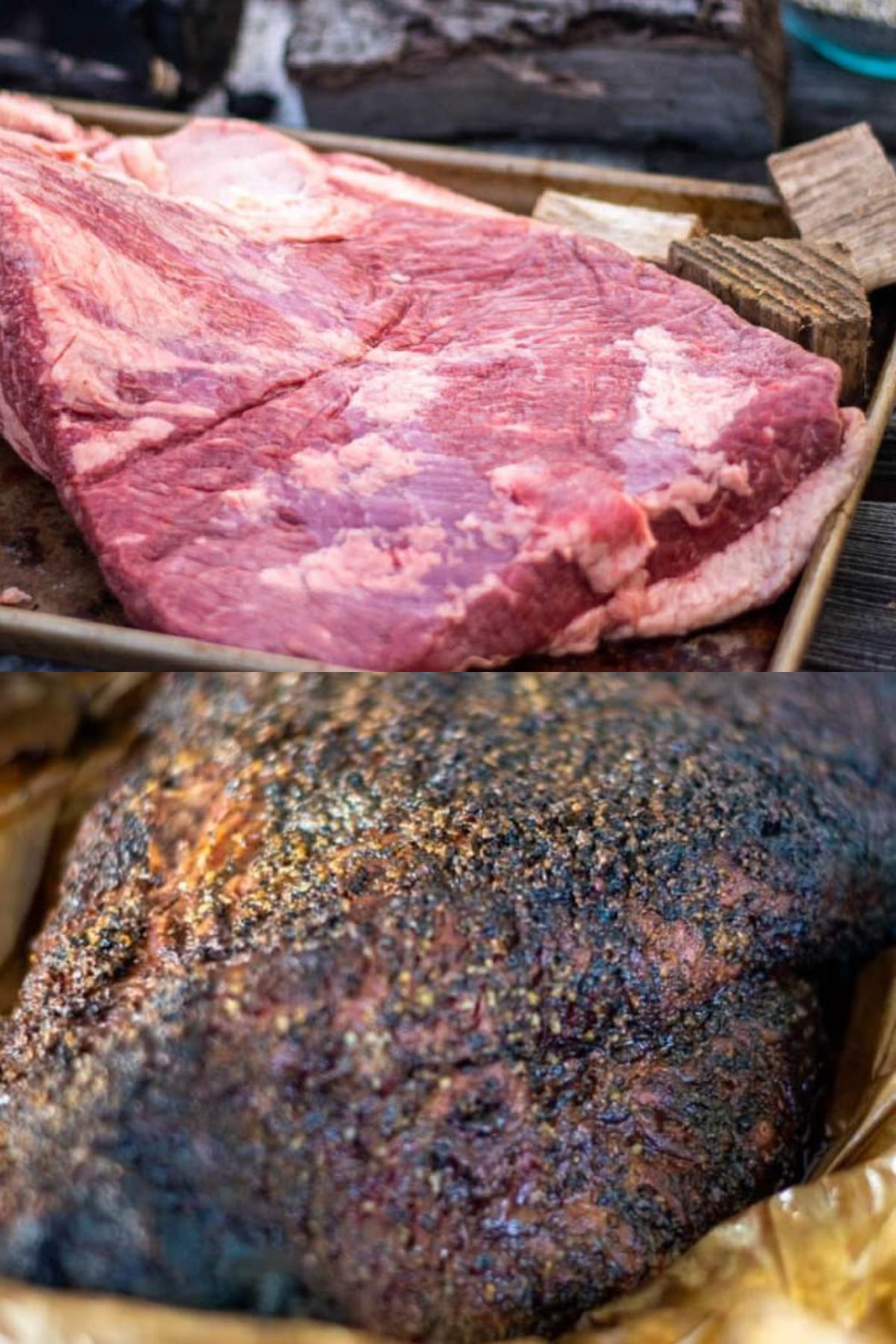
The BBQ stall refers to a phenomenon that occurs when cooking large cuts of meat like brisket on a smoker. After a couple of hours, the temperature of the meat reaches around 150°F and then stops rising. This stall can last for several hours before the temperature starts to increase again. During this time, the meat can become tough and challenging to cook. Understanding the BBQ stall is crucial for successful brisket cooking as it allows you to employ specific techniques to push through the stall and achieve tender, flavorful meat.
The Brisket Stall: Definition And Causes
The brisket stall refers to the phenomenon that occurs during the cooking process of a large cut of meat like brisket. It is characterized by the internal temperature of the meat plateauing or stalling at around 155-165°F for several hours. The causes of the brisket stall are primarily attributed to the evaporative cooling effect of moisture on the surface of the meat and the conversion of collagen into gelatin, which requires a significant amount of energy and delays the temperature rise. Understanding the causes of the brisket stall is essential for successfully navigating this phase of the cooking process.
How To Identify The Brisket Stall
Identifying the Brisket Stall is crucial for successfully navigating the cooking process. The stall is characterized by the internal temperature of the brisket plateauing or stalling at around 155-165°F for several hours. To identify the stall, you can use a reliable smoker thermometer to monitor the temperature closely. If you notice that the temperature remains constant for an extended period, despite continued cooking, you have likely encountered the brisket stall. It is important to be patient and resist the urge to increase the temperature or intervene during this phase to ensure a moist and tender brisket.
Factors Affecting Brisket Stall Temp
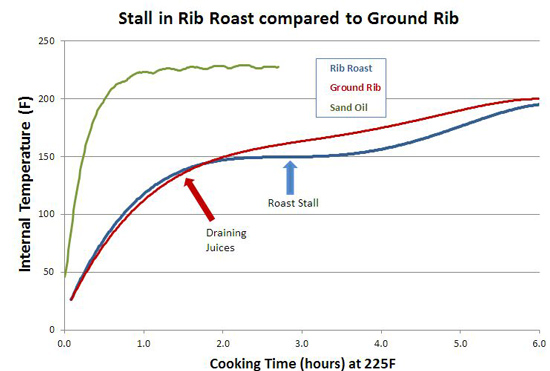
Several factors can affect the temperature at which the brisket stall occurs. One key factor is humidity, as higher levels of humidity can lead to a longer stall. The composition of the meat can also play a role, with fattier cuts potentially experiencing a longer stall. Additionally, the size and thickness of the brisket can contribute to the stall, as thicker cuts may take longer to reach their plateau temperature. It is important to consider these factors when preparing and cooking brisket to properly navigate the stall and ensure a successful outcome.
Humidity And Its Impact On The Stall
High humidity can have a significant impact on the brisket stall. When there is high humidity in the cooking environment, it reduces evaporation, leading to a longer stall period. The moisture in the air slows down the process of moisture evaporation from the surface of the meat, causing the temperature to plateau for an extended period. To counteract the effects of high humidity, using a water pan in the smoker and regularly spritzing the brisket with liquids can create a higher level of humidity, helping to mitigate the stall and maintain a steady temperature throughout the cooking process.
The Role Of The Meat’s Composition
The composition of the meat plays a significant role in the brisket stall. The higher the amount of collagen and connective tissue in the meat, the more likely it is to experience a prolonged stall. Collagen is a tough protein that breaks down during the cooking process, converting into gelatin and making the meat tender. This conversion takes time and affects the overall cooking time of the brisket. Different breeds of cattle and the age of the animal can also influence the collagen content in the meat, ultimately impacting the duration of the stall.
Techniques For Navigating The Brisket Stall
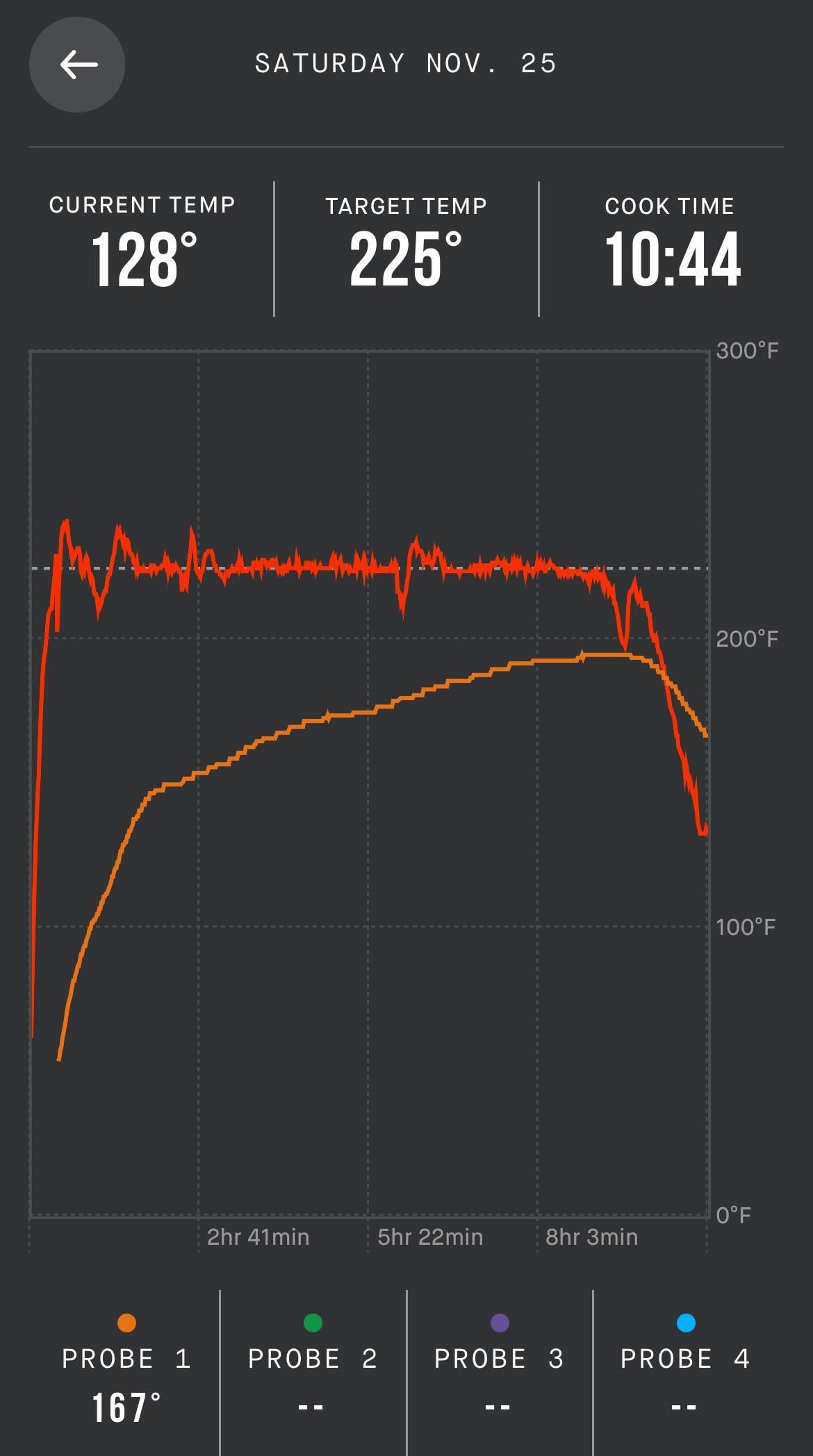
Navigating the brisket stall can be challenging, but there are techniques you can employ to overcome it successfully. One popular method is the Texas Crutch, where you wrap the brisket tightly in foil or butcher paper to accelerate the cooking process and push through the stall. Another technique is spritzing or mopping the brisket during the stall, which helps to keep the meat moist and encourages faster cooking. Both of these techniques can help you navigate the brisket stall and achieve a delicious, tender brisket.
Using The Texas Crutch Method To Push Through The Stall
One popular technique for navigating the brisket stall is the Texas Crutch method. This involves wrapping the brisket tightly in foil or butcher paper to accelerate the cooking process and push through the stall. By wrapping the brisket, you create a steamy, enclosed environment that helps to tenderize the meat and speed up cooking time. This method also helps to retain moisture, preventing the brisket from drying out during the stall. It’s important to note that the Texas Crutch method can affect the texture of the bark, so it’s a personal preference whether to use this technique.
The Benefits Of Spritzing Or Mopping During The Stall
During the brisket stall, spritzing or mopping the meat with a liquid can provide several benefits. First, it helps to keep the surface of the meat moist, which can prevent it from drying out during the stall. Second, it adds flavor to the meat as the liquid evaporates and infuses the brisket with delicious aromatics. Finally, spritzing or mopping can help to soften the bark, creating a tender and flavorful crust on the exterior of the meat. This technique can enhance the overall texture and taste of the brisket.
Maintaining Consistent Brisket Temperature

Maintaining a consistent brisket temperature is crucial in achieving a successful cook. To ensure temperature stability, it is important to choose the right smoker that allows for precise temperature control. Smokers with insulation and temperature regulating features, such as pellet smokers or electric smokers, are ideal for maintaining a steady temperature throughout the cooking process. Additionally, continuously monitoring the internal temperature of the brisket using a reliable thermometer will allow for adjustments to be made if needed. By keeping a close eye on the temperature and making necessary adjustments, pitmasters can ensure that the brisket cooks evenly and achieves the desired level of tenderness and flavor.
Choosing The Right Smoker For Temperature Control
When it comes to maintaining a consistent brisket temperature, choosing the right smoker can make all the difference. Opting for a smoker that offers precise temperature control is key. Look for smokers with insulation and temperature-regulating features, such as pellet smokers or electric smokers. These types of smokers ensure a steady temperature throughout the cooking process, reducing the risk of temperature fluctuations. Additionally, smokers with digital controls and built-in thermometers provide real-time temperature monitoring, allowing you to make any necessary adjustments. Investing in a smoker with excellent temperature control capabilities will help you achieve perfectly cooked brisket every time.
The Importance Of Monitoring Internal Temperature
Monitoring the internal temperature of your brisket is crucial for achieving perfectly cooked meat. By keeping track of the temperature throughout the cooking process, you can ensure that the brisket reaches the desired level of doneness. This is especially important during the brisket stall, as it allows you to determine if the meat is progressing or if intervention is needed. Using a reliable meat thermometer, you can accurately monitor the internal temperature and make any necessary adjustments to ensure that your brisket is cooked to perfection.
Brisket Resting Period: Breaking The Stall
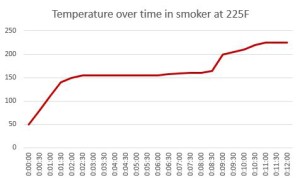
After battling through the brisket stall, it is crucial to allow the meat to rest before serving. This resting period helps in breaking the stall and allowing the juices to redistribute evenly throughout the meat, resulting in a tender and flavorful brisket. Resting the brisket for about an hour, loosely covered with foil, gives it time to relax and for the internal temperature to even out. It is recommended to resist the temptation to cut into the brisket immediately after cooking to ensure a moist and delicious end result.
Why Resting The Brisket Is Crucial After The Stall
Resting the brisket after the stall is crucial for a few reasons. Firstly, it allows the meat to relax and the internal temperature to even out, ensuring a more tender and juicy end result. Secondly, the resting period allows the juices to redistribute throughout the meat, ensuring a more flavorful bite. Lastly, it gives the meat time to reabsorb some of the moisture that may have been lost during the cooking process, resulting in a more moist and delicious brisket. Overall, the resting period plays a vital role in breaking the stall and achieving the perfect brisket.
Recommended Resting Time And Methods
After the brisket has reached its desired internal temperature and has been removed from the smoker, it is crucial to allow it to rest before carving. The recommended resting time for a brisket is typically around 1 to 2 hours. This allows the meat to relax and the juices to redistribute, resulting in a more tender and flavorful end result. To rest the brisket, simply place it on a cutting board or in a foil tent to keep it warm. Avoid cutting into the brisket immediately, as this can cause the juices to escape and result in a drier brisket. Instead, patience is key to achieving the best results.
Troubleshooting The Brisket Stall

When dealing with an extended or prolonged brisket stall, there are a few troubleshooting techniques to try. Firstly, ensure that your smoker is maintaining a consistent temperature, as fluctuations can lead to longer stalls. Additionally, consider wrapping the brisket in foil or butcher paper during the stall to help push through and expedite the cooking process. If the stall persists and the internal temperature remains stagnant for an extended period, it may be necessary to intervene by raising the temperature of the smoker or finishing the brisket in the oven. Remember to monitor the meat closely to prevent overcooking.
Tackling Extended Or Prolonged Stalls
When dealing with extended or prolonged brisket stalls, there are a few troubleshooting techniques to try. Firstly, ensure that the smoker is maintaining a consistent temperature, as fluctuations can lead to longer stalls. Additionally, consider wrapping the brisket in foil or butcher paper during the stall to help push through and expedite the cooking process. If the stall persists and the internal temperature remains stagnant for an extended period, it may be necessary to intervene by raising the temperature of the smoker or finishing the brisket in the oven. Remember to monitor the meat closely to prevent overcooking.
Understanding When Intervention Is Necessary
Understanding when intervention is necessary: It is important to closely monitor the brisket stall and assess whether intervention is needed. If the internal temperature remains stagnant for an extended period, and the stall seems to be lasting longer than expected, it may be necessary to intervene. This could involve raising the temperature of the smoker or even transferring the brisket to finish cooking in the oven. However, caution must be exercised to prevent overcooking the meat. Regularly checking the meat’s tenderness and internal temperature will help determine when intervention is necessary for a successful brisket cook.
FAQ: Brisket Stall Temperature
Q1: What is the brisket stall temperature?
The brisket stall temperature refers to a phenomenon that occurs during the smoking or slow-cooking process of a brisket. It is the point at which the internal temperature of the meat plateaus or stalls, often for several hours.
Q2: Why does the brisket stall temperature occur?
The stall occurs primarily due to evaporative cooling, where the moisture on the surface of the brisket evaporates, causing a cooling effect. This can happen when the moisture comes in contact with the dry air in the smoker.
Q3: At what temperature does the brisket stall typically occur?
The brisket stall generally occurs when the internal temperature of the meat is around 150°F to 160°F (65°C to 71°C). However, the exact temperature and duration of the stall can vary depending on factors such as meat size, fat content, cooking method, and ambient conditions.
Q4: How long does the brisket stall last?
The duration of the stall can vary, but it is not unusual for the brisket to remain at the stall temperature for several hours. In some cases, it may even last up to 5-6 hours. Patience is essential during this phase as it is a normal part of the cooking process.
Q5: Should I be concerned if my brisket stalls?
No, there is no need to worry if your brisket stalls. In fact, it is considered a crucial step in achieving tender and delicious brisket. The stall allows the connective tissues in the meat to break down slowly, resulting in a moist and tender final product.
Q6: How can I overcome the brisket stall?
While it may be tempting to increase the cooking temperature to overcome the stall, it is generally advised to avoid doing so. Maintaining a consistent temperature and giving the meat time to cook through the stall is the best approach. You can speed up the process slightly by wrapping the brisket in foil during the stall or spritzing it with liquid, such as apple juice.
Q7: Can I prevent or minimize the brisket stall?
The brisket stall is a natural occurrence and cannot be completely prevented. However, there are a few techniques you can try to shorten the duration of the stall. These include starting with a higher cooking temperature, using the Texas crutch method (wrapping the brisket in foil), or increasing humidity in the smoker.
Q8: How can I tell if the brisket has finished the stall?
The stall will typically end when the internal temperature of the brisket starts to rise again. You can use a meat thermometer to monitor the internal temperature periodically. Once it surpasses the stall temperature and continues to rise, the stall is over, and you can expect the brisket to cook more quickly from that point on.
Remember, the brisket stall temperature is a natural part of the cooking process, and being patient during this phase will reward you with a mouthwatering, tender brisket. Enjoy your slow-cooked masterpiece!
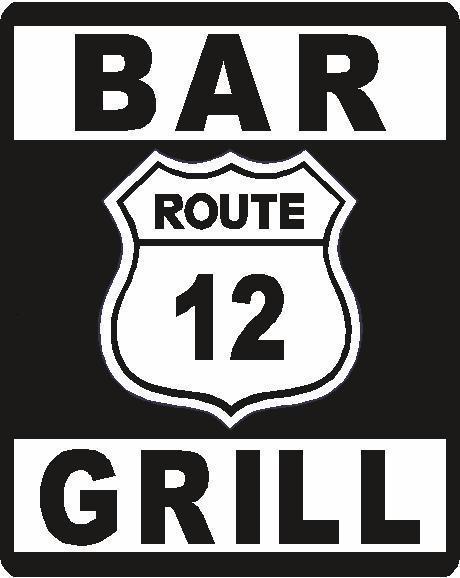
Come for The Burgers… Stay for The Beers!